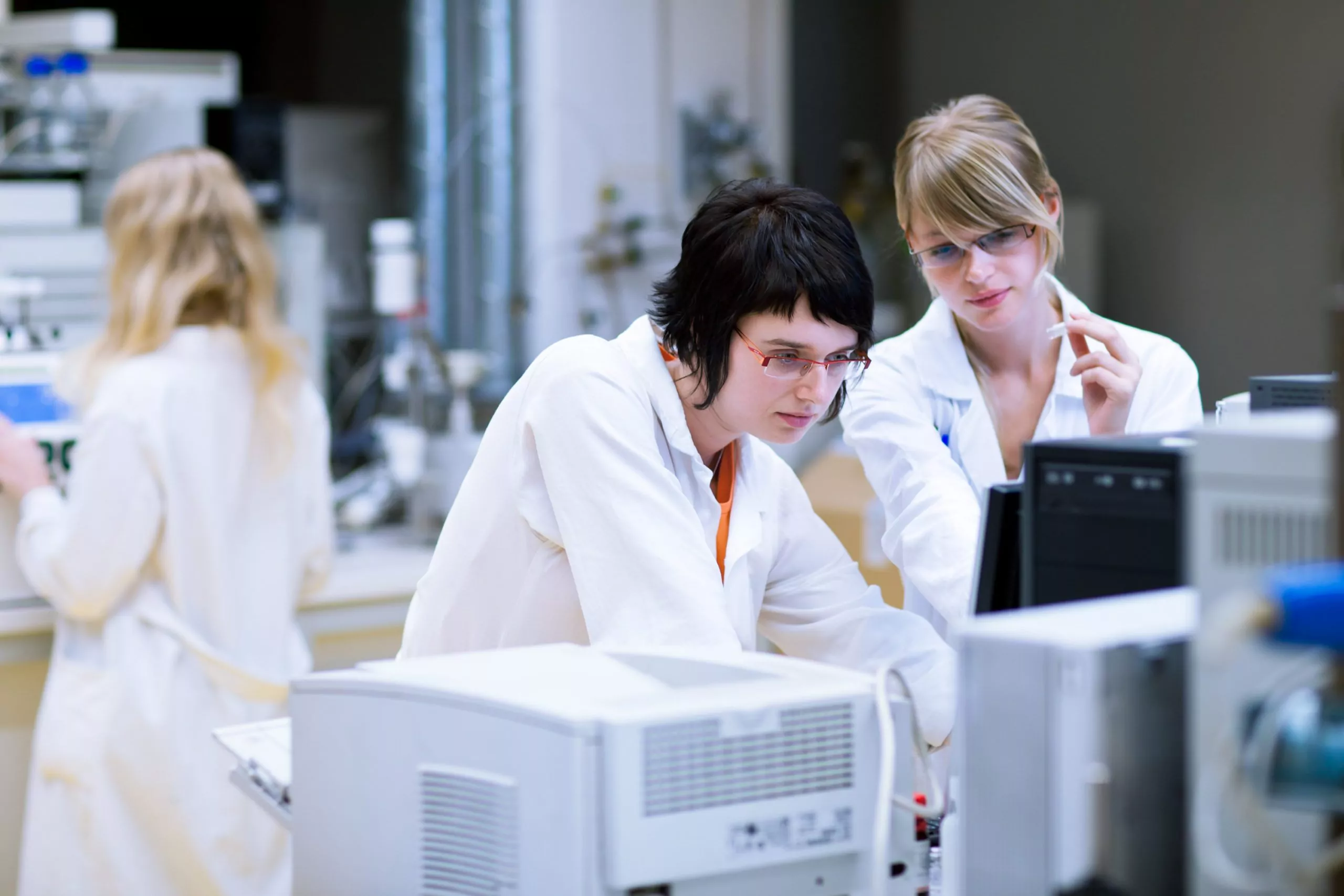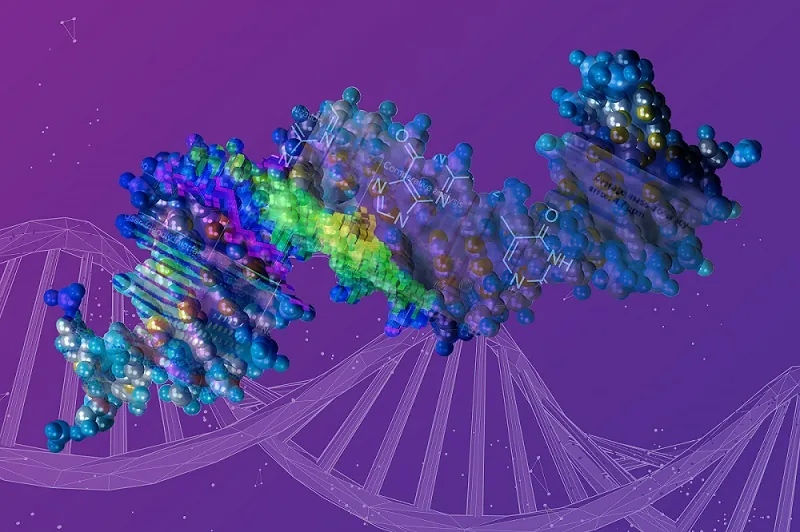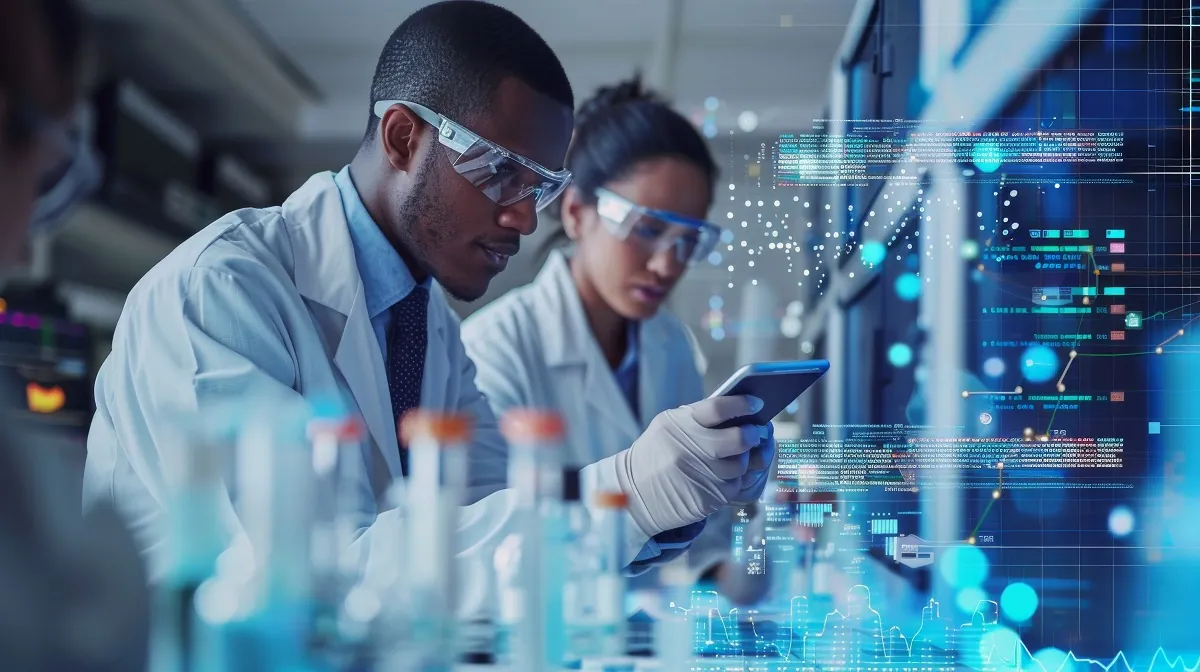Safeguard HPLC Data Quality with Planned Performance Maintenance

Reproducible, accurate data is critical for making key decisions about your products and obtaining important insights into your research. It can be frustrating to invest time and resources into data that you ultimately can’t use because it is not reproducible or may be inaccurate. Learn how to safeguard your data quality by ensuring your HPLC instrument remains consistently in peak condition.
HPLC components which are worn out can sometimes compromise data quality, putting your results at risk. The most common problems resulting from wear during normal use of an HPLC system are described in the table below.
Regrettably, signs of wear often remain undetected until it is too late, and data has suffered, as signs of wear are not always apparent when visually inspecting the instrument. Because of this fact, the Waters performance maintenance philosophy is based on the principle that HPLC parts which are susceptible to wear need to be replaced proactively. To preserve optimum instrument performance and secure data quality, it’s important to replace parts even if they do not exhibit signs of wear. In essence, you can avoid both loss of data quality and unscheduled repairs with proactive replacement of certain components using original instrument replacement parts.
Maintain High Quality HPLC Data
- Record your HPLC system’s operating conditions (pressure, flow rate, etc.) when you know your system is running well to provide a benchmark for comparison.
- Establish your standard conditions, calculate optimal RSD values, and provide a point of reference to compare your data to by running test chromatograms regularly using standards.
- Replace normal wear components with original instrument parts before they begin to operate unreliably. View a video about why using original manufactured parts is important for maintaining optimal system performance. Consider the number and complexity of samples being processed and solvent types used, when deciding how many times per year to schedule performance maintenance. Performance maintenance should be performed at least once per year, more often if samples are typically complex or aggressive solvents are used. Read about Waters Uninterrupted Performance Maintenance philosophy for more information.
- Educate laboratory staff about best practices when operating HPLCs to maximize the performance of your HPLC systems with Waters on-demand training courses.

Invest in Data Quality
Keeping your instrument at peak performance levels is the best way to ensure data quality is not compromised. Waters FlexCHOICE: mySystem Coverage allows you to build a customized service plan to meet the unique service requirements of your lab so your instrument gets the attention it needs. You can pick the required number of performance maintenance visits as well as necessary instrument qualification or source cleanings for your mass detector.
Ultimately, upgrading your instruments to the latest technology is the best way to invest in the quality of your data. Keep up with the latest technology and cost-effectively manage your laboratory’s assets with FlexUP Technology Renewal Program. Learn more about the FlexMETHODS+ Migration Service to understand how Waters can help migrate your validated methods to the latest instrumentation technology.
Ensuring Data Quality: Next Steps
- Ensure your service plan includes performance maintenance on your HPLC instrument at least yearly, more often if your samples are complex or aggressive solvents.
- Obtain a service plan which fits your specific needs to maximize instrument uptime and performance.
- Keep up with instrument technology to optimize data quality resulting from your analysis.
Explore Instrument Services
Additional Resources:
Blog: Bring Efficiency Back to Your Lab: How Aging Technology Hinders Ideal Performance
Blog: Tips to Maintain Your HPLC & UHPLC Systems and Columns
Popular Topics
ACQUITY QDa (17) bioanalysis (11) biologics (14) biopharma (26) biopharmaceutical (36) biotherapeutics (17) case study (17) chromatography (14) data integrity (22) food analysis (12) HPLC (15) LC-MS (22) liquid chromatography (LC) (20) mass detection (16) mass spectrometry (MS) (54) method development (13) STEM (12) sustainability (12)



